
Breastfeeding tips for new moms – Benefits of breastfeeding
Arnica Montana is best used for shoulder, neck, and back pain. Provide support for bruising and muscle soreness from overexertion or injury. It may help with strains, sprains, and swelling.
Did you know that most women worry about not being able to produce enough breast milk for their babies?
The Centers for Disease Control and Prevention has data showing that almost 80% of new mothers start breastfeeding their babies, but many stop after only a few months. The concern of insufficient milk production is one of the main reasons.
If you are a new mom or soon-to-be mom, don’t worry! For many women, their milk supply is usually enough. However, if you need to increase your breast milk production, there are many safe and effective ways to do it!
This guide will help you learn more about several methods and practices that mothers have been using for centuries to increase their breast milk production, the causes of low milk supply, and the best nutrition tips for moms.

How to naturally increase breast milk production?
The process of boosting your milk supply depends on how low it is and what has been contributing to it. Nevertheless, the following methods should show results within a few days.
1. You should breastfeed more often. Breastfeed frequently and let your baby decide when to stop feeding. The hormones that trigger breast milk production are released when your baby suckles your breast. This is called the “let-down” reflex – when your breast muscles contract and move the milk through the ducts, which happens shortly after your baby starts breastfeeding. Needless to say that the more you breastfeed, the more milk your breasts make. It is recommended to breastfeed your newborn baby 8 to 12 times daily, as this can establish and maintain milk production. However, this doesn’t mean that more or fewer times indicate a problem.
2. Pump between feedings. It helps increase milk production. You may try pumping when you have milk left after feeding, if your baby has missed a feeding, and when your baby gets a bottle of breast milk or formula. Make sure you warm your breasts before pumping as it can help you feel more comfortable and pump easier.

3. Breastfeed from both sides. The stimulation of breastfeeding both breasts can help increase your breast milk production. You may let your baby feed from the first breast until they stop or slow down and then offer the second breast. It has also been found that pumping from both breasts simultaneously increases milk production and results in a higher fat content in the milk.
4. Eat lactation cookies. There isn’t research available on lactation cookies, but some of their ingredients have been linked to an increase in breast milk. Lactation cookies that contain foods and herbs with galactagogues, like whole oats, wheat germ, brewer’s yeast, and flaxseed meal may promote lactation. Click here to find an easy recipe for lactation cookies.
5. Other foods, herbs, and supplements can help. According to the Canadian Breastfeeding Foundation, the following foods and herbs can show results within seven days: garlic, ginger, fenugreek, fennel, brewer’s yeast, blessed thistle, and alfalfa. Before taking any new supplement while breastfeeding, talk to your doctor.
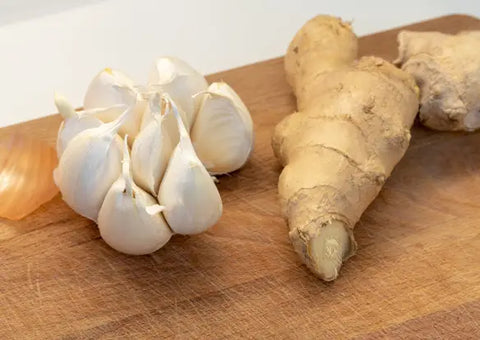
What are the causes of low milk supply?
Several factors may influence your milk supply and interfere with the let-down reflex.
- Emotional factors. Anxiety, stress, and embarrassment play a huge part. Make sure you create a private and relaxing environment for breastfeeding to have an enjoyable and stress-free experience. It will help increase breast milk production.
BIO16 is recommended for nervous exhaustion, fatigue, or sleeplessness resulting from stress and anxiety. Natural support for your nervous system to help cope with everyday stress and negative events.
- Medical conditions. Diabetes, pregnancy-induced high blood pressure, and polycystic ovarian syndrome (PCOS) are some that may interfere with milk production.
- Certain medications. Medications including pseudoephedrine, such as sinus and allergy medications, and certain types of hormonal birth control can affect your milk supply. Make sure you choose some natural medications or non-containing pseudoephedrine medications if you have issues that need some relief.
BM100 may help with nasal obstruction, rhinitis, swelling, inflammation of the lining of the nose, sneezing, poor sense of smell and taste, and catarrh.
-
Smoking and alcohol. Smoking and drinking moderate to heavy amounts of alcohol can lower your milk production.
BM55 may help with withdrawal, including tobacco cravings, burning in the stomach, bad breath, sleep disturbance, nightmares, and chilliness.
- Previous breast surgery. Breast surgery affects the amount of glandular tissue. Women that had a breast reduction, cyst removal, or mastectomy may not have enough, which interferes with lactation. Nipple piercings can also damage the nerves connected to breast milk production.
When to seek help?
If you are concerned about your baby not getting enough milk, speak to your doctor or a lactation specialist. If it is, in fact, a problem, your doctor will help you correct it by suggesting a few routine changes, feeding techniques, or adjusting a medication you’re on. Follow his recommendations and some of our tips and your problem should be solved.
What are the benefits of breastfeeding?
Breastfeeding brings several health benefits for you and your baby.
- First, you should know that your breast milk is perfectly designed for your baby.
- Breast milk protects your baby from infections and diseases
- It also provides health benefits for you
- It builds a strong emotional bond between you and your baby.

Health benefits of breastfeeding for your baby
Breastfeeding provides your baby with long-term positive health effects. The longer you breastfeed, the longer the protection lasts, and the greater the benefits.
If your baby is breastfed he will have a reduced risk of infections, diarrhea, vomiting, obesity, sudden infant death syndrome (SIDS), and cardiovascular disease in adulthood.
Studies also suggest that breastfeeding for at least six months reduces your baby’s chance of getting childhood leukemia.
Breast milk adapts as your baby grows to meet your baby’s changing needs.
Health benefits of breastfeeding for mothers
Again, the more you breastfeed, the greater the benefits for you.
On top of bringing benefits to your baby, breastfeeding lowers your risk of breast cancer, ovarian cancer, osteoporosis (weak bones), cardiovascular disease, and obesity.
BM247 may help with nervous excitability of the heart, palpitation, tachycardia, angina pectoris, coronary insufficiencies, and strong or jerky pulse.BM16 provides support for metabolic function. Work as an appetite suppressant that may help with weight loss. Best used for hunger control for food and sugar cravings.
Breastfeeding nutrition tips for moms
If you just started breastfeeding or are about to start, you may have a lot of questions regarding nutrition. Breastfeeding means you are giving your baby nutrients that promote growth and health. So, how much should you eat? What is better to avoid? How might your diet affect your baby?
Well, the following nutrition tips are important for breastfeeding moms and can answer all the above questions.
- Get extra calories. While breastfeeding, you need energy and nutrition to produce milk. Eating a little more – about an additional 330 to 400 calories a day – should be enough. Make nutrition-rich choices, such as a medium banana or apple, a slice of whole-grain bread with a tablespoon (about 16 grams) of peanut butter, and 8 ounces (about 227 grams) of yogurt.

- Make healthy food choices. To fuel your breast milk production, focus on making healthy diet choices. Choose protein-rich foods, like eggs, dairy, lean meat, beans, lentils, and seafood low in mercury. You may also include a variety of whole grains, fruits, and vegetables. Eating various foods will change the flavor of your breast milk, exposing your baby to different tastes and making it easier to accept solid foods when growing up. To ensure you and your baby are getting all of the vitamins you need, your doctor might recommend you to take a daily multivitamin and mineral supplement while breastfeeding.
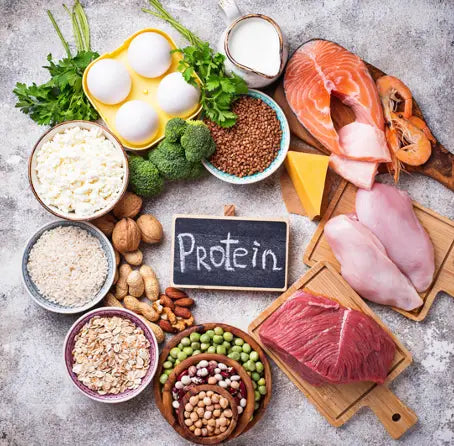
- Keep yourself hydrated. Always drink when thirsty and more if your urine appears dark yellow. Every time you breastfeed make sure you drink a glass of water. Be careful with what you drink, especially with juices and sugary drinks. These contain too much sugar which can contribute to weight gain. Too much coffee may also become a problem as caffeine in your breast milk might agitate your baby and interfere with his or her sleep. Make sure you don’t drink more than 2 to 3 cups of caffeinated drinks daily.

- Choose nutrient-containing foods that include iron, protein, and calcium. If you follow a vegetarian diet, make sure you are still getting all the nutrients you need. Your body needs foods rich in iron, like lentils, enriched cereals, leafy green vegetables, peas, and dried fruit. You may additionally eat foods high in vitamin C to help absorb iron; protein, such as plant sources like soy products and meat substitutes, legumes, lentils, whole grains, seeds, nuts, eggs, and dairy; and calcium, such as dairy products, dark green vegetables, and calcium-enriched and calcium-fortified products, like juices, cereals, soy milk, soy yogurt, and tofu.

- Avoid alcohol, caffeine, and fish. If you drink alcohol, avoid breastfeeding until it has completely cleared your breast milk. It typically takes two to three hours for 12 ounces (355 milliliters) of 5% beer, 5 ounces (148 milliliters) of 11% wine, or 1.5 ounces (44 milliliters) of 40% liquor, depending on your body weight. You may consider pumping milk before you drink alcohol. Caffeine should be avoided as mentioned above because it agitates your baby. And you should also be wary of fish. Seafood is a great source of protein and omega-3 fatty acids, but these can contain mercury or other contaminants. If your baby is exposed to excessive amounts of mercury through breast milk it can be risky to his or her nervous system development. Avoid seafood that is high in mercury, such as swordfish, king mackerel, and tilefish.

Make sure you pay attention to your baby’s reaction, as certain foods may cause him to become irritable or to have an allergic reaction. Consult a doctor if your baby becomes fussy, develops a rash, or has diarrhea after breastfeeding.
Keep in mind that following a special diet while breastfeeding is unnecessary. Making healthy choices for you and your baby is already more than enough.
Homeopathic remedies for breastfeeding problems
There isn’t much research on homeopathic remedies for breastfeeding, so they are not scientifically proven to be effective. However, they are produced from plants and based on traditional knowledge and women have been using them for a long time to help with their breastfeeding problems.
Before taking any, you may consult with your doctor or healthcare provider about its effects on you and your baby.
According to Dr.Pankaj Aggarwal, homeopathy is actually the safest and most effective way to help with breastfeeding problems and avoid side effects.
Some common and traditional remedies that can help you are:
- Aloe vera. Aloe vera gel is used to help heal cracked nipples. Simply make sure you remove the gel from the nipple areas before breastfeeding as it can have a bitter taste.
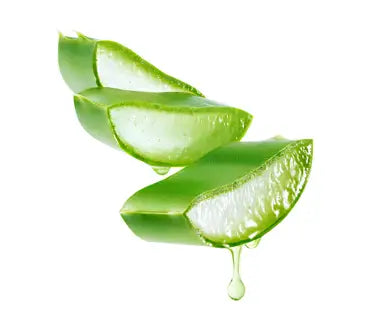
- Cranberry. It is often used to prevent urinary tract infections in breastfeeding moms.

- Fenugreek. Traditionally, it is used to increase milk supply. If you have a low supply and are looking to increase it this is a good option. Simply, pay attention to your baby’s reaction. If you notice any unusual side effects like allergy or diarrhea, you may stop as this option most likely does not suit your body and your baby’s.
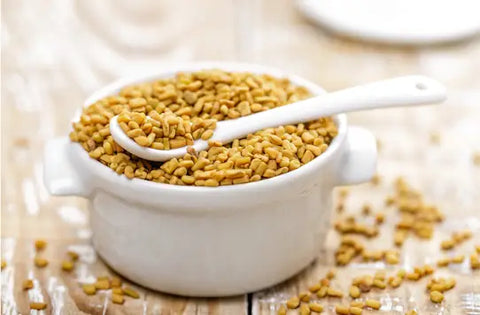
- Blessed thistle. This one has been used since the Middle Ages to treat bubonic plague, promote digestive health, and prevent infection. Today, it is a common way to increase breast milk production.

- Pulsatilla. Homeopathic preparations of this plant have been used for sore nipples and to increase milk supply.

- Calcarea carbonica. It helps stimulate milk production.
- Phytolacca. It can be used to help sore and cracked nipples.

Again, despite the lack of scientifical research on homeopathic remedies and their relation to breastfeeding, women have used been using them for centuries and believe they are the safest way to help with their breastfeeding problems.
Breastfeeding support
If you have questions or concerns about breastfeeding, you are not alone! Many women do. The good news is that there are a few things you can do that can help you feel more informed and relieved, such as:
- Talking to a friend or family member who has breastfed.
- Call a helpline, such as the US National Breastfeeding Helpline. Their contact is 1-800-994-9662.
- Join a local or online breastfeeding support group.
- And, of course, talk to your doctor or a health care provider.
The bottom line
For new moms, breastfeeding must be a surreal experience and bring lots of questions and concerns. Hopefully, this guide helped you understand about low milk supply, how to increase it, and healthy nutrition for you and your baby.


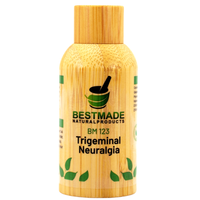
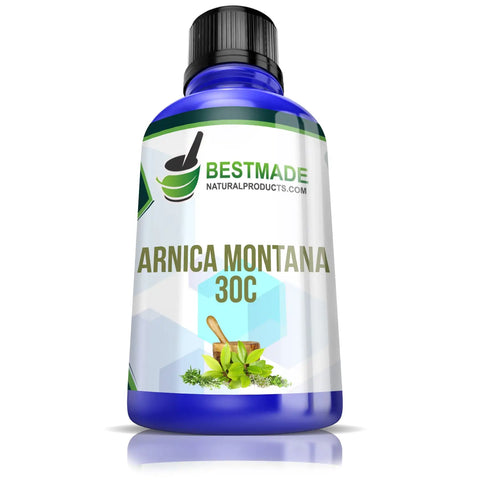
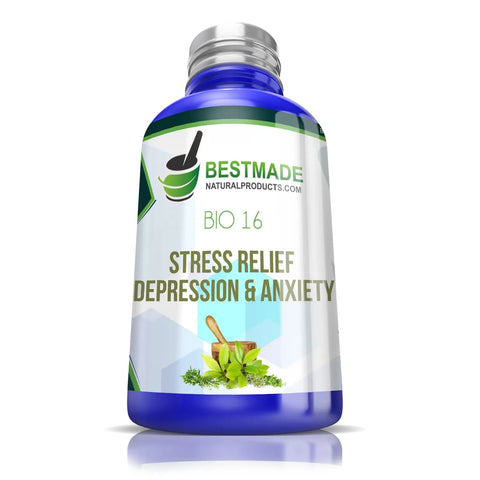
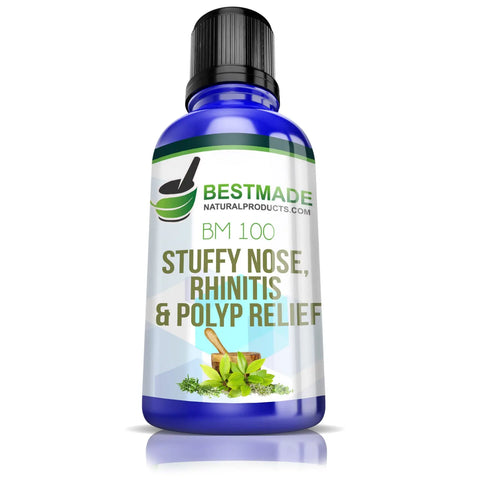
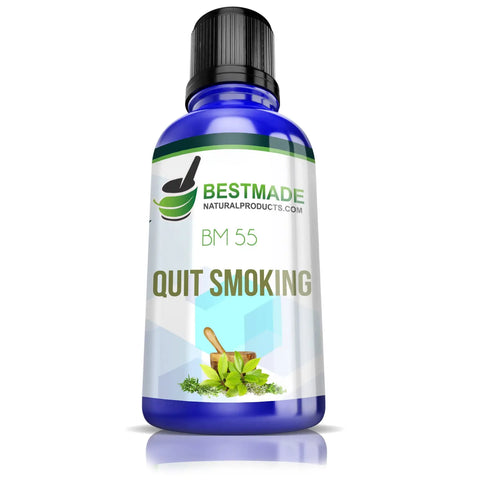
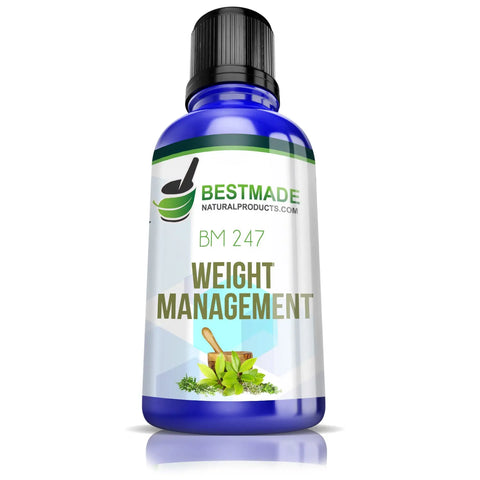

Leave a comment